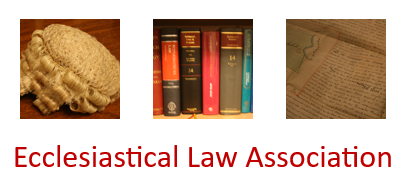The petitioner wished to install a plaque on the north wall of the nave of this Grade II* listed medieval village church commemorating the contribution to the church and parish of his late wife. For many years before her death in May 2023 she had been a much-loved churchwarden. The PCC were sympathetic to the petitioner, and did not object to the petition, but they did not believe his application to be exceptional. The DAC considered the proposed memorial appropriate on the basis of its design, materials, wording, and location. They therefore recommended the proposal for approval; but they deliberately refrained from any comment as to whether the exceptionality test had been met, rightly considering this to be a matter for the Chancellor. Having considered the various factors to which the court should have regard when considering the issue of exceptionality, the Chancellor refused the faculty. Whilst recognising that the deceased’s contributions had been considerable, and significant, he found that they had not been sufficiently special, or outstanding, to go substantially above and beyond the faithful discipleship which the Church, aspires to, and hopes for, from all of its members.

